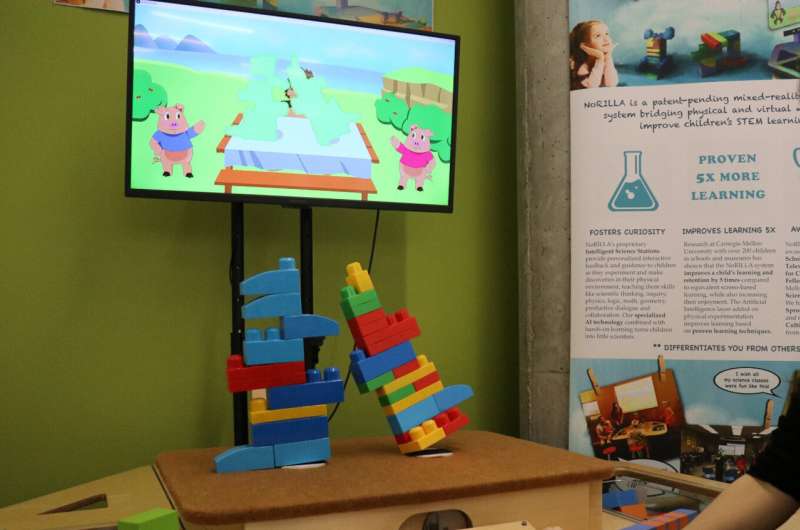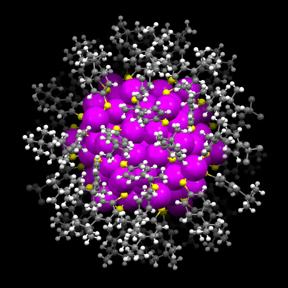Fascinating although I’m not sure I entirely understand his argument,
This May 24, 2023 Carnegie Mellon University (CMU) news release (also on EurekAlert but published May 25, 2023) has Professor Tae Wan Kim’s clarification, Note: Links have been removed,
Philosophers and legal scholars have explored significant aspects of the moral and legal status of robots, with some advocating for giving robots rights. As robots assume more roles in the world, a new analysis reviewed research on robot rights, concluding that granting rights to robots is a bad idea. Instead, the article looks to Confucianism to offer an alternative.
The analysis, by a researcher at Carnegie Mellon University (CMU), appears in Communications of the ACM, published by the Association for Computing Machinery.
“People are worried about the risks of granting rights to robots,” notes Tae Wan Kim, Associate Professor of Business Ethics at CMU’s Tepper School of Business, who conducted the analysis. “Granting rights is not the only way to address the moral status of robots: Envisioning robots as rites bearers—not a rights bearers—could work better.”
Although many believe that respecting robots should lead to granting them rights, Kim argues for a different approach. Confucianism, an ancient Chinese belief system, focuses on the social value of achieving harmony; individuals are made distinctively human by their ability to conceive of interests not purely in terms of personal self-interest, but in terms that include a relational and a communal self. This, in turn, requires a unique perspective on rites, with people enhancing themselves morally by participating in proper rituals.
When considering robots, Kim suggests that the Confucian alternative of assigning rites—or what he calls role obligations—to robots is more appropriate than giving robots rights. The concept of rights is often adversarial and competitive, and potential conflict between humans and robots is concerning.
“Assigning role obligations to robots encourages teamwork, which triggers an understanding that fulfilling those obligations should be done harmoniously,” explains Kim. “Artificial intelligence (AI) imitates human intelligence, so for robots to develop as rites bearers, they must be powered by a type of AI that can imitate humans’ capacity to recognize and execute team activities—and a machine can learn that ability in various ways.”
Kim acknowledges that some will question why robots should be treated respectfully in the first place. “To the extent that we make robots in our image, if we don’t treat them well, as entities capable of participating in rites, we degrade ourselves,” he suggests.
Various non-natural entities—such as corporations—are considered people and even assume some Constitutional rights. In addition, humans are not the only species with moral and legal status; in most developed societies, moral and legal considerations preclude researchers from gratuitously using animals for lab experiments.
Here’s a link to and a citation for the paper,
Should Robots Have Rights or Rites? by Tae Wan Kim, Alan Strudler. Communications of the ACM, June 2023, Vol. 66 No. 6, Pages 78-85 DOI: 10.1145/3571721
This work is licensed under a http://creativecommons.org/licenses/by/4.0/ In other words, this paper is open access.
The paper is quite readable, as academic papers go, (Note: Links have been removed),
Boston Dynamics recently released a video introducing Atlas, a six-foot bipedal humanoid robot capable of search and rescue missions. Part of the video contained employees apparently abusing Atlas (for example, kicking, hitting it with a hockey stick, pushing it with a heavy ball). The video quickly raised a public and academic debate regarding how humans should treat robots. A robot, in some sense, is nothing more than software embedded in hardware, much like a laptop computer. If it is your property and kicking it harms no one nor infringes on anyone’s rights, it’s okay to kick it, although that would be a stupid thing to do. Likewise, there seems to be no significant reason that kicking a robot should be deemed as a moral or legal wrong. However, the question—”What do we owe to robots?”—is not that simple. Philosophers and legal scholars have seriously explored and defended some significant aspects of the moral and legal status of robots—and their rights.3,6,15,16,24,29,36 In fact, various non-natural entities—for example, corporations—are treated as persons and even enjoy some constitutional rights.a In addition, humans are not the only species that get moral and legal status. In most developed societies, for example, moral and legal considerations preclude researchers from gratuitously using animals for lab experiments. The fact that corporations are treated as persons and animals are recognized as having some rights does not entail that robots should be treated analogously.
…
Connie Lin’s May 26, 2023 article for Fast Company “Confucianism for robots? Ethicist says that’s better than giving them full rights” offers a brief overview and more comments from Kim. For the curious, you find out more about Boston Dynamics and Atlas here.


